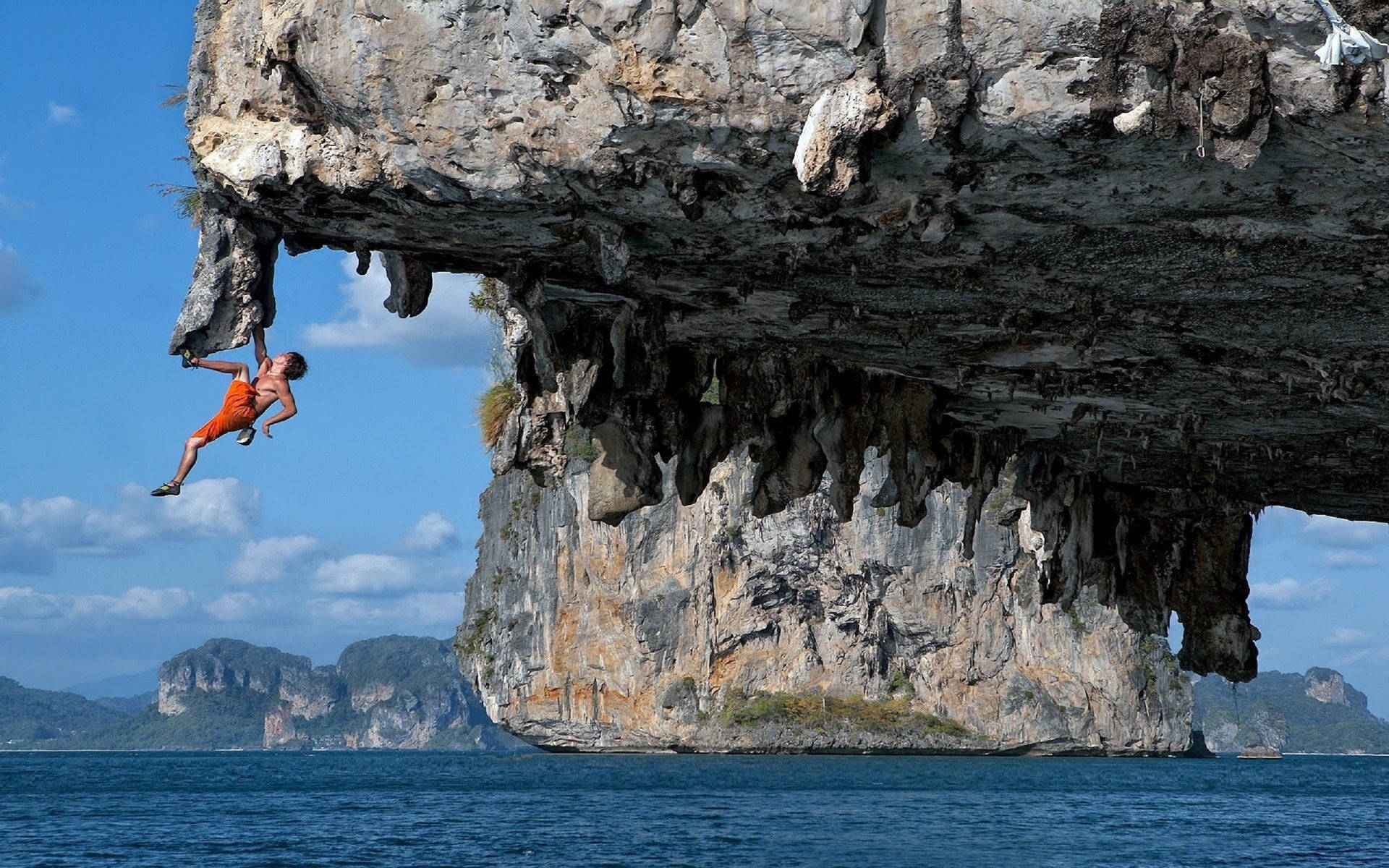
Tucson, also known as the “Old Pueblo,” is a city located in the state of Arizona, USA. It is surrounded by picturesque mountains and breathtaking landscapes. One of the most interesting aspects of Tucson is its elevation, as it features both the highest point and lowest point in the city. The variation in elevation contributes to the diverse climate and natural beauty that Tucson boasts.
The highest point in Tucson is Mount Wrightson, with an elevation of 9,456 feet (2,882 meters). Located in the Santa Rita Mountains, Mount Wrightson offers stunning panoramic views of the surrounding desert and mountain ranges. Hiking enthusiasts and nature lovers often flock to this peak to challenge themselves and immerse in the tranquility of nature.
On the other hand, the lowest point in Tucson is found in the Santa Cruz River, which flows through the city. The elevation of the Santa Cruz River varies depending on the section, but it can reach as low as 2,389 feet (728 meters) above sea level. The river adds a touch of serenity to Tucson’s desert landscape, providing a refreshing oasis and a habitat for diverse flora and fauna.
This contrasting variation in elevation is one of the factors that make Tucson a unique destination for outdoor activities and exploration. Visitors can hike the stunning peaks, explore the scenic trails, or simply relax by the riverbank and enjoy the serenity of nature. Tucson’s elevation not only offers a diverse range of landscapes but also provides an ideal environment for adventure and relaxation all year round.
Tucson Elevation: Overview
Tucson, located in southern Arizona, has a diverse and captivating elevation that lends itself to breathtaking scenery and a variety of outdoor activities. The city sits in a valley surrounded by mountain ranges, offering both high points and low points to explore.
The highest point in Tucson is Mount Lemmon, which stands at an impressive elevation of 9,159 feet (2,792 meters) above sea level. This mountain is a popular destination for hiking, camping, and skiing, as it provides stunning panoramic views of the surrounding Sonoran Desert and Catalina Mountains.
On the other end of the spectrum, Tucson also boasts the Santa Cruz River Valley, which represents the lowest point in the city. The elevation here drops to around 2,389 feet (728 meters) above sea level. The Santa Cruz River Valley offers a unique contrast to the higher elevation areas, with its fertile farmland and riparian habitats.
In addition to these high and low points, Tucson also features a range of elevations in between. The city’s diverse topography includes valleys, canyons, and foothills, providing a multitude of outdoor recreational opportunities. Whether you’re looking to hike through desert landscapes or explore rocky mountain peaks, Tucson offers an elevation experience for everyone.
Overall, Tucson’s elevation creates a remarkable environment that showcases the stunning beauty of the Sonoran Desert and surrounding areas. From the highest point of Mount Lemmon to the lowest point in the Santa Cruz River Valley, this city has something to offer to nature enthusiasts and adventure seekers alike.
Exploring the Geographical Landscape
Tucson, Arizona is a city with a diverse geographical landscape that offers a variety of outdoor activities for residents and visitors alike. From the highest point in Tucson to the lowest point, there are plenty of opportunities to explore and experience the natural beauty of the area.
One of the highlights of Tucson’s geographical landscape is Mount Lemmon, which stands at an elevation of 9,159 feet. This mountain offers breathtaking views of the surrounding desert and is a popular destination for hiking, camping, and rock climbing. Visitors can enjoy the cool mountain air and escape the desert heat as they explore the various trails and scenic overlooks.
In contrast to the high elevations of Mount Lemmon, Tucson also boasts the Santa Cruz River, which flows through the city and is the lowest point in Tucson. The river serves as a vital water source and offers opportunities for outdoor activities such as kayaking, canoeing, and birdwatching. Visitors can take a leisurely stroll along the riverbanks and enjoy the peaceful atmosphere.
Aside from Mount Lemmon and the Santa Cruz River, Tucson is also home to the Saguaro National Park, a desert landscape that showcases the iconic Saguaro cactus. This unique national park offers visitors the chance to hike through the desert trails, marvel at the towering cacti, and learn about the diverse wildlife that inhabits the area.
- Another must-see geographical feature of Tucson is the Tucson Mountain Park, located in the western part of the city. This park covers over 20,000 acres and offers stunning desert vistas, rugged mountains, and numerous hiking and biking trails to explore.
- The Catalina Mountains, located north of Tucson, are another popular destination for outdoor enthusiasts. With peaks reaching over 9,000 feet, the Catalina Mountains offer opportunities for hiking, camping, and wildlife viewing. Visitors can also take the scenic Catalina Highway, which winds its way through the mountains and offers panoramic views of the surrounding landscape.
Whether you prefer to explore the high elevations of Mount Lemmon or the low-lying banks of the Santa Cruz River, Tucson’s geographical landscape has something for everyone. From mountain peaks to desert valleys, this city offers a wide range of outdoor activities and stunning natural beauty to discover.
Tucson’s Highest Point: Mount Wrightson
Mount Wrightson, also known as Mount Baldy, is the highest point in the Tucson area. Standing at an elevation of 9,456 feet (2,882 meters), it offers breathtaking panoramic views of the surrounding wilderness. Located in the Santa Rita Mountains, Mount Wrightson is a popular destination for hikers and nature enthusiasts.
The trail to the summit of Mount Wrightson, known as the Old Baldy Trail, is a challenging but rewarding hike. The trail is approximately 10 miles round trip and has an elevation gain of over 4,000 feet. Hikers are treated to stunning vistas of the desert landscape as they ascend through a variety of ecosystems, from cactus-studded foothills to tall pine forests.
At the summit of Mount Wrightson, hikers are rewarded with a 360-degree view that stretches as far as the eye can see. On a clear day, it is possible to see all the way to Mexico and beyond. The summit also offers a sense of serenity and tranquility, as it is removed from the bustle of the city below.
In addition to its natural beauty, Mount Wrightson is important for ecological reasons. The mountain is home to a diverse array of plant and animal species, including the rare and endangered Santa Rita manzanita. The slopes of Mount Wrightson also provide important habitat for a variety of bird species, making it a popular spot for birdwatching.
Whether for the challenge of the hike, the stunning views, or the chance to immerse oneself in nature, Mount Wrightson is a must-visit destination for outdoor enthusiasts in Tucson.
Tucson’s Lowest Point: Santa Cruz River
Tucson, Arizona is home to some stunning natural landscapes, including the Santa Cruz River. This beautiful river, located in the southern part of the city, is the lowest point in Tucson.
The Santa Cruz River meanders through Tucson, offering a lush and picturesque setting. It is a seasonal river, which means that it often dries up during the hot summer months, but flows steadily during the rainy season.
The Santa Cruz River plays an important role in the ecology of Tucson, providing a habitat for various species of plants and animals. It is also a popular destination for outdoor enthusiasts who enjoy hiking, bird watching, and exploring the river’s diverse ecosystem.
For those interested in history, the Santa Cruz River has significant cultural importance as well. It served as a vital water source for the indigenous people who lived in the area for centuries, and its banks are home to archaeological sites and artifacts.
Overall, the Santa Cruz River is not only a breathtaking natural wonder but also a place of ecological and historical significance in Tucson. Whether you’re a nature lover, a history buff, or simply looking for a peaceful escape, a visit to Tucson’s lowest point is sure to leave you with lasting memories.
Question-answer:
What is the highest point in Tucson?
The highest point in Tucson is Mount Lemmon, which has an elevation of approximately 9,159 feet (2,792 meters).
Where is Mount Lemmon located?
Mount Lemmon is located in the Santa Catalina Mountains, northeast of Tucson, Arizona, in the United States.
Why is Mount Lemmon popular?
Mount Lemmon is popular among tourists and locals because of its cooler temperatures and scenic beauty, especially during the hot summer months in Tucson.
What is the lowest point in Tucson?
The lowest point in Tucson is the Santa Cruz River, which has an elevation of approximately 2,389 feet (728 meters).




